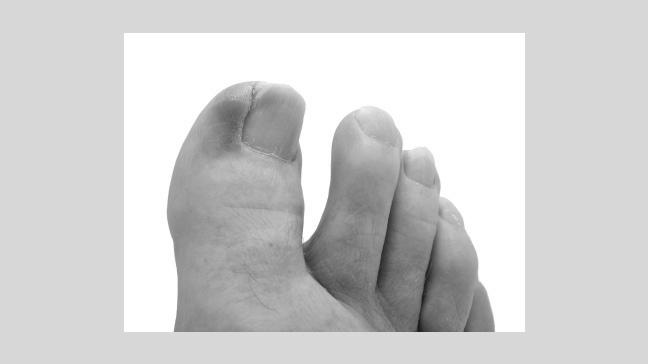- What Are the Causes of Ingrown Toenails?
- What is the reason for ingrowing toenails?
- How do I cure my painful problem of ingrown toenails?
- What happens if an ingrown toenail goes untreated?
- What is the best way to treat an ingrown toenail?
- Are overweight people more likely to have ingrown
- How can you avoid developing ingrown toenails?
- Will my ingrown toenail recur?
- Why do I constantly get ingrown toenails?
- What Type of Ointment Treats Ingrown Toe Nails?
- Can an ingrown toenail lead to amputation?
- What is an effective DIY remedy for ingrown toenails?
- Why do ingrown toenails smell?
- Can you ignore an ingrown toenail?
- What is the best solution to soak an ingrown toenail?
- Why are ingrown toenails so painful?
- How can I heal my toenail?
- What’s the best home remedy for an ingrown toenail
What Are the Causes of Ingrown Toenails?
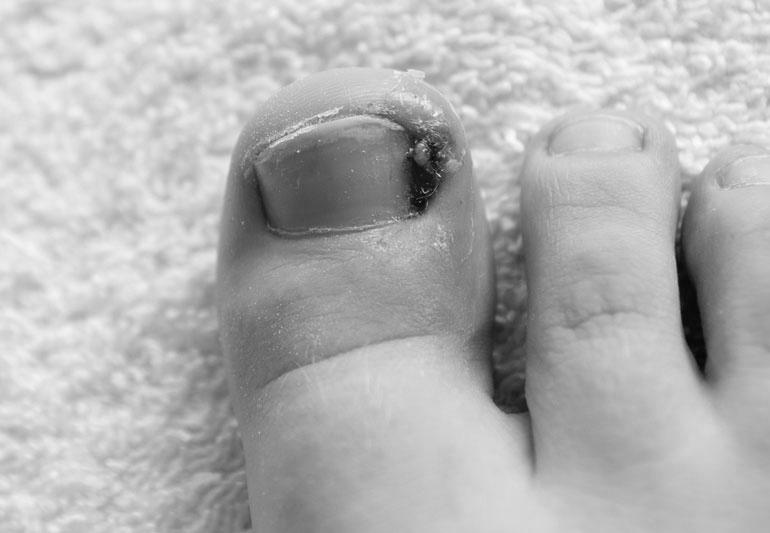
Ingrown toenails are painful and uncomfortable, and you may be wondering what the cause of ingrown toenails is and how to cure the problem. In this article, you’ll learn the causes of ingrown toenails, how to prevent them, and what to do if you already have an ingrown toenail. You’ll also know what happens if you don’t treat the problem.
What is the reason for ingrowing toenails?
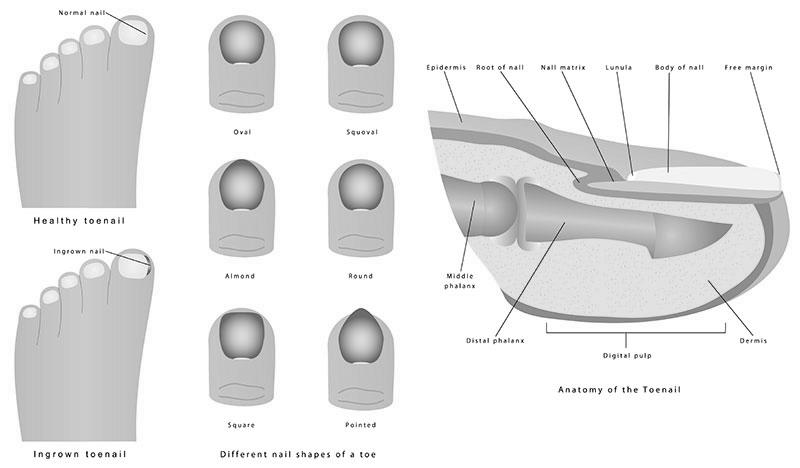
Ingrown toenails are a painful and uncomfortable condition that various factors can cause. Children are at high risk because of their active lifestyles and tendency to wear tight, narrow shoes. Infection can also result, resulting in inflammation with pus. Although most ingrown toenails are treatable, some patients need immediate medical attention. In these cases, antibiotics or band-aids may be necessary.
To treat ingrown toenails, you can try several different home remedies. First, you can soak your foot in warm water—which will help to relieve the pain caused by the ingrown toenail. Next, you can use an antibiotic cream to prevent the infection from spreading. If you can’t reduce the pain with home remedies, you can visit a podiatrist. Although surgery is rarely needed, it is good to seek medical advice to get the best treatment.
Ingrown toenails can also be caused by shoes that are too tight. In addition, wearing too-tight shoes can cause the nail to grow into the tissue. People who have nerve damage or diabetes may not know whether their shoes fit correctly. Steel-toed shoes are another excellent choice for people at risk for injury. Additionally, diabetic patients should check their feet every day for any foot problems.
How do I cure my painful problem of ingrown toenails?
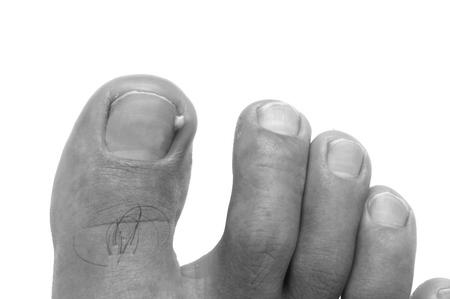
Ingrown toenails are extremely painful, and untreated cases can lead to infection and even gangrene. This problem is often caused by tight shoes, crowded toes, and various other factors. If you suffer from ingrown toenails, consult your podiatrist to determine what to do. You can soak your feet in lukewarm water for mild cases for 15 minutes.
Ingrown toenails can cause several symptoms, including swollen, red, and tender to the touch. Depending on the severity, you may need to remove the entire nail or toenail. Other treatments can include antibiotics, ointment, and wider shoes. You should always seek medical advice before attempting home remedies for ingrown toenails.
Some people have success with over-the-counter pain relievers to alleviate the pain. In addition, you should avoid wearing tight shoes or socks that cramp the toes together. If you cannot get a doctor’s appointment, you can try over-the-counter pain relievers and warm soaks. While over-the-counter pain relievers may relieve the pain, you should avoid taking them with alcohol or if you have diabetes.
What happens if an ingrown toenail goes untreated?
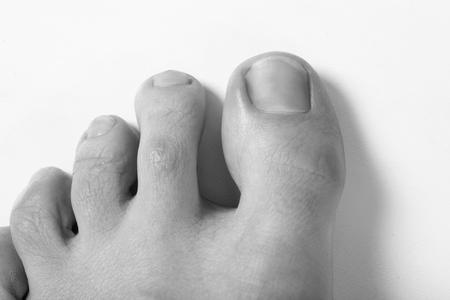
If left untreated, an ingrown toenail can spread to the bone beneath, leading to infection and even flesh-eating disorder. People with peripheral vascular disease or diabetes should never leave an ingrown toenail untreated. Treatment is generally quick and painless. However, surgery is recommended if the ingrown toenail is particularly thick or curved. This surgery can remove the infected nail entirely, but the pin may not grow back correctly.
If the condition does not improve within two days, or if you notice signs of infection, see your physician. If the ingrown toenail is infected, a doctor will prescribe antibiotics and may recommend minor surgery to remove part of the side border. This procedure is often performed under local anesthesia. If the infection persists or the pain becomes too much to handle, you should also see a physician.
Ingrown toenails can develop due to several factors, including improper foot care, wearing tight shoes, and nail damage. They can also develop due to fungus infection and genetic predisposition. Acute infection of the infected nail may be painful and can lead to a bacterial or fungal infection. If left untreated, ingrown toenails can become infected and lead to serious health complications.
What is the best way to treat an ingrown toenail?
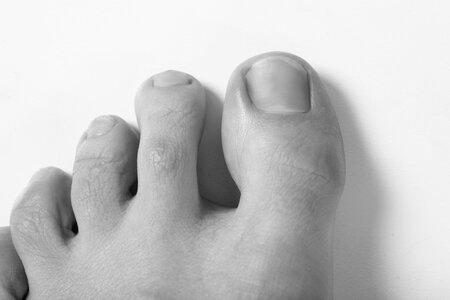
There are many ways to treat an ingrown toenail, including nail clipping, anti-fungal medication, and a prescription for antibiotics. But if you’re not sure what the proper treatment is for your particular case, you should see a doctor. An infection from an ingrown toenail can lead to gangrene. For this reason, you should visit your doctor as soon as possible to get it diagnosed and treated.
Home remedies for ingrown toenails are effective for mild cases and reduce pain and swelling. However, health care professionals do not recommend home remedies for infected ingrown toenails. A soak in warm water for at least 20 minutes can help reduce the pain and swelling. Another option is applying petroleum jelly to the affected toe. After soaking, you should dry the foot thoroughly.
You should first visit your doctor if your ingrown toenail is causing pain. The pain from the ingrown toenail is the most common symptom of an ingrown toenail. The infected ingrown toenail is very painful and can become infected. If left untreated, you can develop a painful infection and limp. The sooner you get treatment, the faster you’ll heal.
Are overweight people more likely to have ingrown
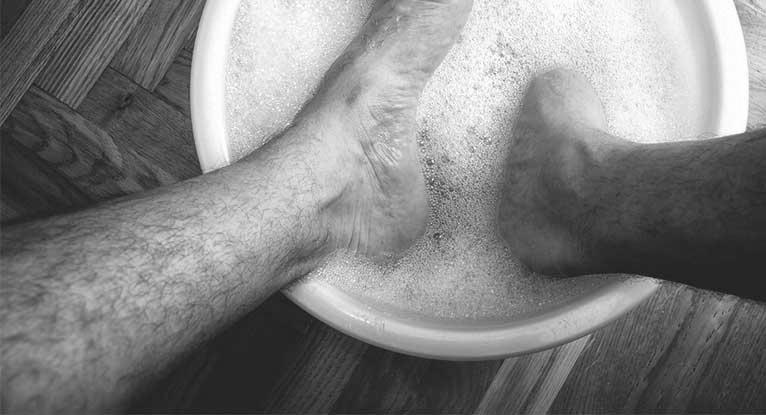
Are overweight people more likely to develop ingrown toenails? The answer is yes. However, there are some factors to consider. Most people with ingrown toenails are fat. One factor is their propensity to sprain their ankles. A common cause of ankle sprain is faulty gait. However, you can reduce your risk by performing simple exercises.
Other risk factors for developing ingrown toenails include genetics. People with flat feet are at higher risk than people with average weight. Ingrown toenails can also be caused by trauma, such as wearing too tight or too short shoes. Lastly, ingrown toenails can be caused by poor circulation. Those at high risk for developing ingrown toenails should consult a podiatrist to determine the cause.
Some risk factors include genetics, obesity, and improper nail trimming. However, even if a person does not suffer from these risk factors, they can develop an ingrown toenail. It is also possible to get a fungal infection of the toe and wear shoes that do not fit properly. If the disease progresses to a more severe stage, the ingrown toenail may require surgical intervention.
How can you avoid developing ingrown toenails?
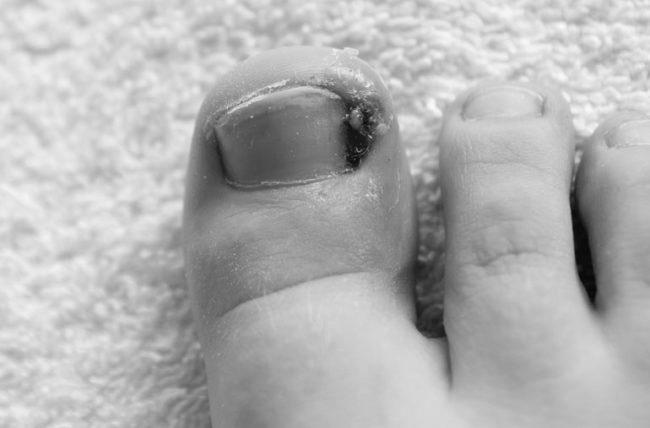
Ingrown toenails are painful and unsightly. They can occur due to several factors, including improper fitting footwear, sudden growth spurts, trauma, or even age. To avoid developing ingrown toenails, you should wear supportive shoes and avoid activities that put pressure on the toes, such as jumping or running. Listed below are some tips to avoid developing ingrown toenails.
First, avoid wearing over-the-foot shoes and socks. These shoes and socks crowd the toes, creating a risk of ingrown toenails. Avoid wearing over-the-foot shoes and socks; ensure the toe bed has enough space. Also, avoid wearing tight, sock-covered shoes. Instead, opt for sandals that cover the toes. A dry cotton bandage will help relieve pressure on the ingrown toenail. Second, apply an antibiotic cream to help prevent infection.
Finally, avoid the trauma that could lead to an ingrown toenail. Wearing roomy shoes or socks will help prevent this painful condition. Ingrown toenails can also occur if you wear tight socks or too narrow shoes. A sports injury or an accidental drop onto your toe may also contribute to an ingrown toenail. Age and genetics may also play a role in developing ingrown toenails. Those with thicker nails are more likely to experience these symptoms.
Will my ingrown toenail recur?
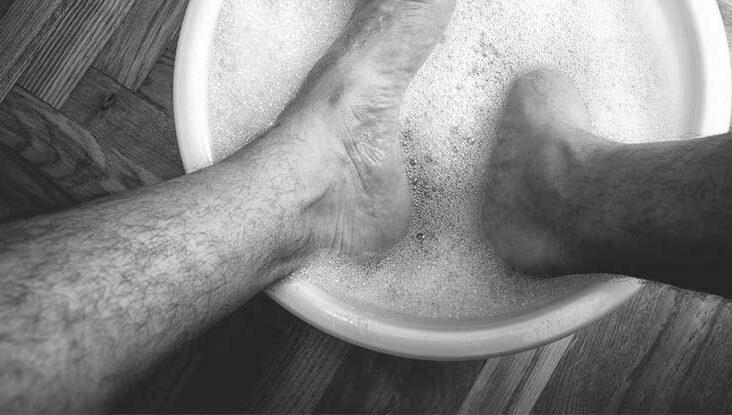
There are many possible causes of an ingrown toenail, but trauma and tight shoe wear are the most common. Proper nail care and grooming can help prevent ingrown toenails. Home remedies for ingrown toenail pain include:
- Soak your foot in warm water for a few minutes.
- Use waxed dental floss or cotton to cover the infected nail.
- Applying petroleum jelly to the toe.
Ingrown toenails are best treated while you can still walk comfortably.
While most ingrown toenails heal on their own with proper care, sometimes they become infected and start oozing pus. If you’re experiencing these symptoms, you may need to see a podiatrist. Your doctor may prescribe antibiotics or perform surgery to remove the ingrown nail. Severe cases may require surgical removal of the underlying nail bed and growth center.
Why do I constantly get ingrown toenails?
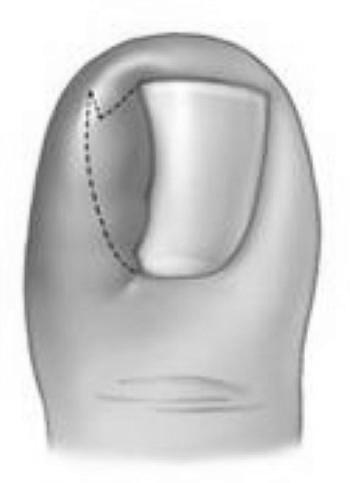
Ingrown toenails are painful, irritated, swollen, and tender to touch. While the pain is usually relieved with a band-Aid or acetaminophen, doctors recommend a more severe solution. In some cases, surgery is necessary to correct the problem. However, you can reduce the discomfort by using over-the-counter (OTC) pain relievers.
One of the most common causes of ingrown toenails is wearing incorrect size shoes. More than 50% of people wear the wrong size shoes, increasing their risk of ingrown toenails. Fortunately, there are several ways to prevent ingrown toenails. Listed below are some common causes. Please keep reading to find out how to avoid them. You can also follow these easy steps to prevent future ingrown toenails.
It would help if you kept your feet dry and free from sweat. Ingrown toenails occur when the nail is compressed. Avoid wearing tight shoes, especially if you’re prone to work. The damp environment creates a breeding ground for bacteria that can cause infections. Keeping your feet dry can reduce your risk of developing an ingrown toenail, and keeping your feet dry is also essential for healthy feet.
What Type of Ointment Treats Ingrown Toe Nails?
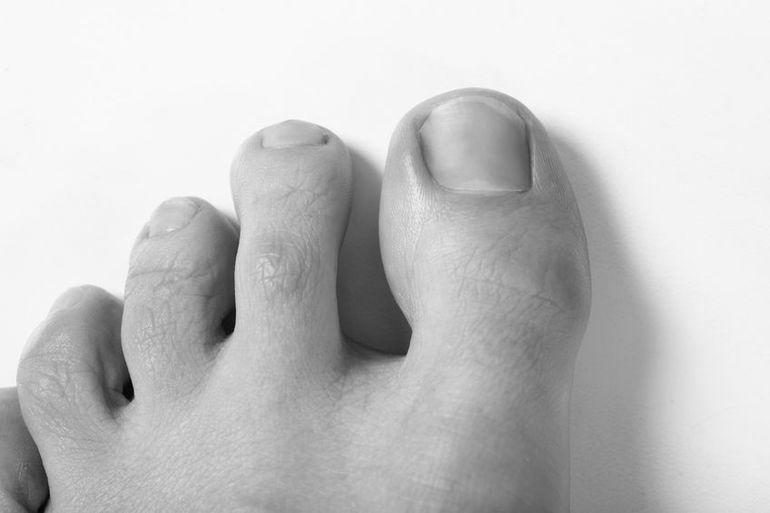
Over-the-counter antibiotic ointment can help promote healing and reduce the risk of infection. Three times daily and the affected area should be bandaged afterward. Avoid wearing shoes or socks too tight as they may crowd the toes and worsen the ingrown toenail. Instead, try over-the-top shoes that leave room in the toe bed. You should also avoid wearing shoes that rub the area. As soon as possible to prevent further problems.
Can an ingrown toenail lead to amputation?
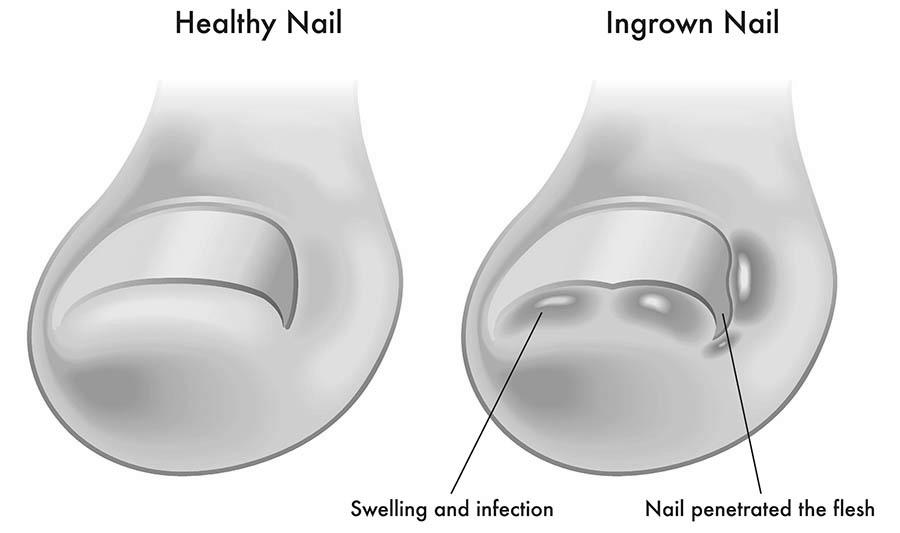
While most people think of ingrown toenails as a minor nuisance, they can be life-threatening, resulting in infections and amputations. This condition can be treated at home using techniques such as soaking your feet in warm water and placing dental floss under the infected nail to promote growth. The severity of an ingrown toenail often varies with other underlying conditions, including diabetes or peripheral vascular disease.
If conservative medical management is unsuccessful, a doctor may perform a surgical procedure called a., which involves cutting away the nail bed and relieving the swelling and infection. Although ingrown toenail surgery can be successful, it can also cause complications. If you don’t want to risk infection, you can have your ingrown toenail removed in a clinic.
An ingrown toenail may require surgery if it has spread throughout the toe. People with diabetes and poor circulation may need amputation if they don’t seek treatment. An infection may result in significant redness and pus drainage, making treatment more difficult. Your doctor may recommend a splint, a laser treatment, or surgery to alleviate pain during the treatment.
What is an effective DIY remedy for ingrown toenails?
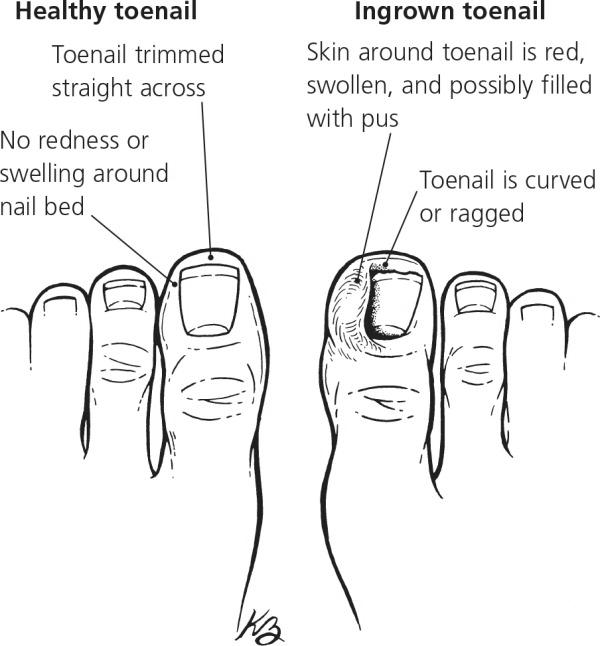
Over-the-counter pain relievers, like ibuprofen or acetaminophen, are an effective DIY remedy for ingrown toenails. Apply the ointment to the painful area and then bandage it. OTC pain relievers, like ibuprofen and acetaminophen, also fight bacteria. Apply the cream to the affected area and apply a bandage or gauze wrap to prevent further infection.
To prevent the condition from getting worse, wear comfortable footwear. Avoid narrow-toed shoes and compression socks, which can cause ingrown toenails. Open-toed shoes are also an excellent choice. Going barefoot is also a good idea. But avoid going barefoot for a few days while the affected nail heals. It will take a few weeks to heal completely.
Another home remedy for ingrown toenails is applying Epsom salt solution to the infected toe. This treatment is effective because it contains high levels of magnesium that fight inflammation and pain—mix one to two tablespoons of Epsom salt per quart of warm water. Apply the solution to the affected toenail twice a day for up to 20 minutes. Another natural remedy for ingrown toenails is turmeric to the affected toenail.
Why do ingrown toenails smell?
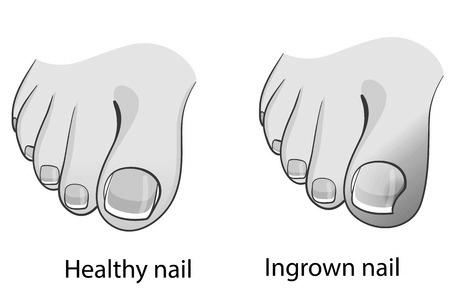
Ingrown toenails often smell bad. A fungus, Staph, causes the odor. The bacteria usually found in the nail bed is not harmful to the body, but the wet nature of the nails increases the risk of infection. Fungal infections can produce a foul smell when they break through the skin and penetrate the nail bed. Fortunately, over-the-counter medications and prescription treatments can help solve the problem.
Most ingrown toenails develop during teenage years and early adulthood. Hormonal changes during puberty cause young people to sweat more than older adults. Additionally, they play sports and may not be as flexible. As a result, their toenails are thicker and more prone to ingrown toenails. Once infected, new tissue forms at the edges and produces pus.
Treatment for ingrown toenails can be done at home. If you can’t find an infection, you can soak the affected foot in room-temperature salt water. If you’re not confident, you have an infection. However, you can try this method independently and see if it works.
Can you ignore an ingrown toenail?
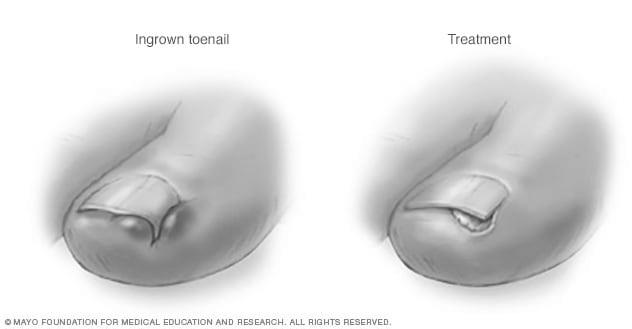
Ingrown toenails are very painful and can lead to infection if left untreated. Symptoms of an ingrown toenail include redness, pain when wearing shoes, and intense distress when stubbed. Within a few weeks, you may bleed and notice pus from an infected toenail. The infection may spread to surrounding tissue in some severe cases and cause a complete nail regrowth.
Under a local anesthetic, the doctor will remove the offending portion of the nail. This treatment will relieve pain and allow the infection to heal. However, it does not prevent future ingrown toenails, and prolonged illness can lead to more severe conditions. If you are unsure of whether or not an ingrown toenail is curvy, you should consult a podiatrist.
Ingrown toenails are common in adults and affect about 40 million people. Despite the inconvenience they cause, Ingrown toenails can lead to infection, bacterial growth, and even the loss of a toe. Because of the dense distribution of nerve endings in the toe, you should never ignore an ingrown toenail. Even if it is not painful, you should not ignore it since it can lead to a deeper nail and further pain and infection.
What is the best solution to soak an ingrown toenail?
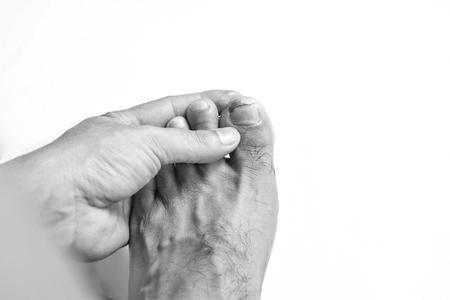
The best solution to soak an ingrown toenail infection is one that contains an antibiotic. It can come in the form of a warm solution mixed with Epsom salts or apple cider vinegar. You can also soak the affected toenail in petroleum jelly or waxed dental floss. These solutions can help the toenail grow back, but neither of them will sting.
Another solution to try is apple cider vinegar. Though this remedy has no scientific backing, many people swear by its benefits. Apply a small amount to the affected area with a cotton ball, soak it for 20 minutes, and gently massage it. It will relieve the pain and swelling and reduce the risk of infection. Try hydrogen peroxide if soaking the affected foot alone is not an option.
Ingrown toenails can be extremely painful. While they often go away on their own, they can also lead to other health complications. Some people may develop chronic skin inflammation surrounding their toenails, called paronychia, which causes an inflamed and pus-filled blister. You should seek medical advice immediately if you create an ingrown toenail if you cannot solve the problem independently.
Why are ingrown toenails so painful?
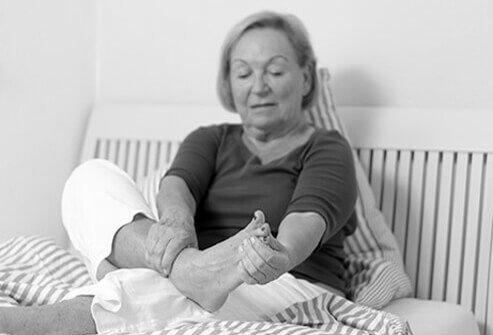
If you’ve ever experienced ingrown toenail pain, you know how uncomfortable it can be. If you have a bad case of ingrown toenail pain, you may have considered seeing a doctor. Fortunately, this condition is usually easily treatable with special tools and can be as straightforward or as complicated as possible. And even if it’s painful, it’s unlikely to result in an infection.
Symptoms of an ingrown toenail are characterized by intense pain in the side of the toe. It can be tender to the touch and irritated and swollen. You might also notice that the toenail is swollen, which is an indication that an infection is beginning. Infection may also occur with the ingrown toenail, and this can cause pus to drain from the toe. In some cases, a weakened immune system is the cause of the pain. If you’re experiencing the pain or swelling of an ingrown toenail, visit a podiatrist or family physician.
Some of the causes of ingrown toenails include trauma, such as stubbing or jamming the toenail, or repetitive pressure, such as playing soccer or running. It’s best to keep the affected area moist and warm, but it’s not advisable to let it dry. If an infection does not accompany the ingrown toenail, you can allow the nail to grow out. Dr. Stock suggests using warm water containing Epsom salt and a mild detergent. You can also apply antibiotic ointment and bandage the affected area.
How can I heal my toenail?
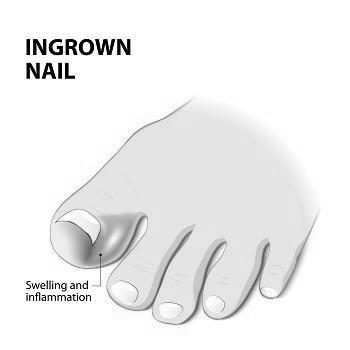
A simple remedy for an ingrown toenail is soaking the foot in a hydrogen peroxide solution. You can do this several times a day until the infected toenail starts to grow. You can also use cotton or dental floss to lift the ingrown nail. These two solutions are not ideal long-term treatments for ingrown toenails, however. A prescription from a doctor is required for further treatment.
A doctor can help you cure an ingrown toenail. While it’s painful, it’s usually not serious, and you can return to regular activities in a few days. Another option for treating an ingrown toenail is to soak the affected foot in warm water for about 10 minutes daily. You can also apply an antibiotic cream to prevent infection. The most effective treatment for an ingrown toenail involves wearing shoes with plenty of room.
Depending on the severity of the condition, you may need to visit a doctor for treatment. In some cases, it may be necessary to undergo minor office surgery. It involves lifting the ingrown toenail along its edge and cutting and pulling out a piece. Sometimes, your doctor may perform ablation to prevent the ingrown toenail from growing into the skin. Regardless of your treatment, you should follow instructions carefully and apply a bandage to the site.
What’s the best home remedy for an ingrown toenail
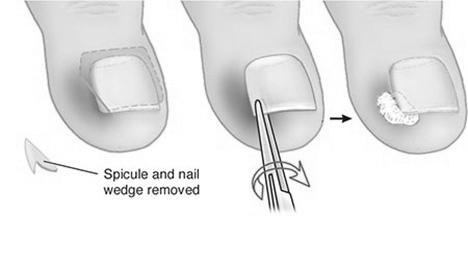
The Mayo Clinic offers free health information newsletters packed with the latest information on all things health. The newsletters include health tips, research advances, and expert knowledge on managing your health. Subscribers can use essential oil blends to reduce pain and inflammation and apply an ointment to the toe. A warm bath with Epsom salt and a few drops of essential oil will also reduce swelling.
Epsom salts have high magnesium content that fights inflammation. A soak in Epsom salts will relieve the pain and swelling from the affected foot. To use Epsom salts:
- Add one to two tablespoons to one quart of warm water.
- Gently massage the affected skin with dental floss.
- Repeat this process two or three times daily for about 15-20 minutes.
Another treatment option is hydrogen peroxide, which is a natural disinfectant and is widely used in wounds.
Apple cider vinegar can reduce pain from an ingrown toenail. Apply a teaspoon of apple cider vinegar directly to the affected area. Apple cider vinegar will also kill bacteria that cause the ingrown toenail.
